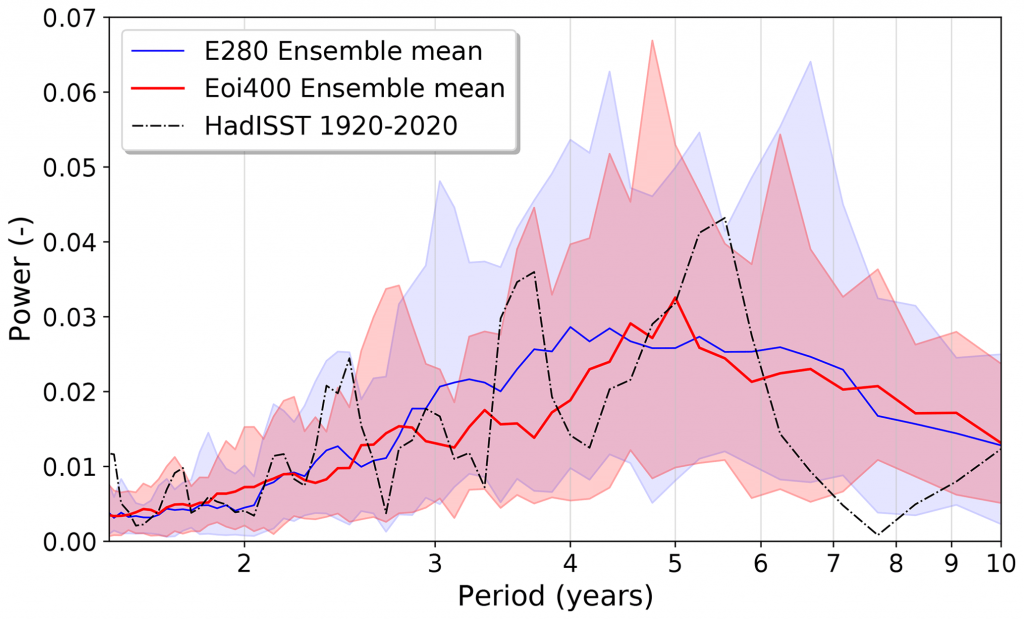New NESSC-paper: study on El Niño variability
New NESSC-research on the variability of El Niño in the Pliocene period has appeared.
Climate scientists still don’t know exactly how the phenomenon of El Niño will respond under the influence of rising temperatures, and how this will affect weather patterns worldwide. In the Pliocene period, about three million years ago, CO2 concentrations in the atmosphere were similar compared to today. Scientists therefore study this period to see how the future of our future-climate might look like.
NESSC-researcher Arthur Oldeman (Utrecht University, IMAU) used an ensemble of 17 different models to look at the variability of El Niño in the Pliocene period and how it compares to El Niño of today. His results, published online in the journal Climates of the Past, indicate a reduced, or similar, variability in the Pliocene period.
Congratulations to Arthur Oldeman for his first published paper on his NESSC-research!

Article:
Reduced El Niño variability in the mid-Pliocene according to the PlioMIP2 ensemble.
Clim. Past, 17, 2427–2450, 2021.
Oldeman, A. M., Baatsen, M. L. J., von der Heydt, A. S., Dijkstra, H. A., Tindall, J. C., Abe-Ouchi, A., Booth, A. R., Brady, E. C., Chan, W.-L., Chandan, D., Chandler, M. A., Contoux, C., Feng, R., Guo, C., Haywood, A. M., Hunter, S. J., Kamae, Y., Li, Q., Li, X., Lohmann, G., Lunt, D. J., Nisancioglu, K. H., Otto-Bliesner, B. L., Peltier, W. R., Pontes, G. M., Ramstein, G., Sohl, L. E., Stepanek, C., Tan, N., Zhang, Q., Zhang, Z., Wainer, I., and Williams, C. J. R.
https://doi.org/10.5194/cp-17-2427-2021

